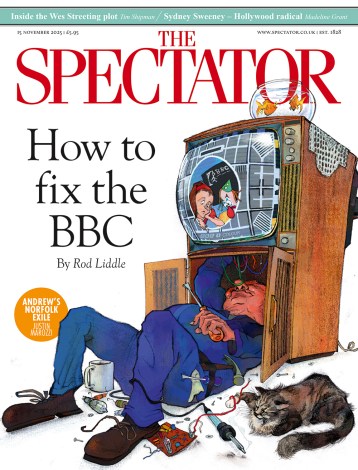Two policemen and a policewoman were the first of the emergency services to arrive on the platform. The policemen ran about like headless chickens. The woman was calmer. She quickly grasped the essentials of the situation, such as under which wheel the suicide lay, and who had been driving the train.
Then more police arrived, and a paramedic team. One of the paramedics knelt down, then got his head and shoulders under the carriage and reached down and felt the dead man’s wrist for a pulse. Then the policewoman, noticing that there were passengers still on the train, indignantly ordered the train manager to evacuate it.
This he did, netting around a dozen of us. He shepherded us down two flights of metal steps and told us to wait there, at the foot of the embankment. Typically, perhaps, for a random cross-section of the travelling public taken late on a Sunday night, we were a motley crowd. Most noticeable among us was a pair of teenage lovers who couldn’t keep their hands off one another; a gentle, ruddy-faced giant roused from sleep with his hair sticking up; a Pre-Raphaelite beauty placidly texting on her iPhone; and an obese woman with purple lipstick proclaiming her African heritage with an ankle-length cotton dress and multicoloured shawl.
Ten minutes later, the train manager returned. We gathered round him, eager for information. More than likely a bus would be sent to pick us up and take us to our final destinations, he said, but exactly when this bus might arrive he couldn’t yet say. He appreciated that it was a freezing night, but he hoped we would all be on our way again soon. Nobody asked him a question about the ‘fatality’. Whether this was out of politeness or a terrible lack of curiosity, I couldn’t say. Someone wondered aloud whether we weren’t few enough to warrant a taxi each. The train manager said he’d ask.
It was indeed very cold standing about. You could almost hear the temperature plummeting, like a high-pitched tinnitus. Already the dead yellow and orange leaves at our feet glistened with frost. I burrowed my chin into my collar. More members of the emergency services were arriving: a doctor, a rail company accident and investigation team; more paramedics; more police. They came striding up the asphalt path head to foot in bright yellow. We had to step aside to make room for them to pass. It was noticeable how far we were beneath their notice. Not a single one had the largeness of spirit to offer as much as a friendly nod. They all kept their heads down and barged past, taking it for granted that once we’d registered a fluorescent yellow jacket approaching, we’d briskly step aside.
And all of them on double time, too, I’ll wager. Finally there must have been 30 members of the emergency services milling about up there on the platform, enjoying themselves. The pious thought occurred to me that it was a pity that a similar abundance of resources and attention wasn’t lavished on the man before he laid his neck on the rail, instead of afterwards.
After about half an hour, the train manager appeared among us again. We gathered frozenly around, avid for news. A bus had just left London, he reported, and would be here within the hour. The teenage lovers slipped back into the shadows and lit up another fag each. The Pre-Raphaelite beauty went back to her texting. The ruddy-faced giant ran a huge, tired hand over his unruly hair. The woman with the colourful shawl, however, took this news very badly. Her broad face disintegrated into a series of lines and creases and she threw back her head and wailed like a baby, with long shuddering intakes of breath in between. She gave it everything she had. Then she yelled, ‘I’m tired! I’m cold! I’m






Comments